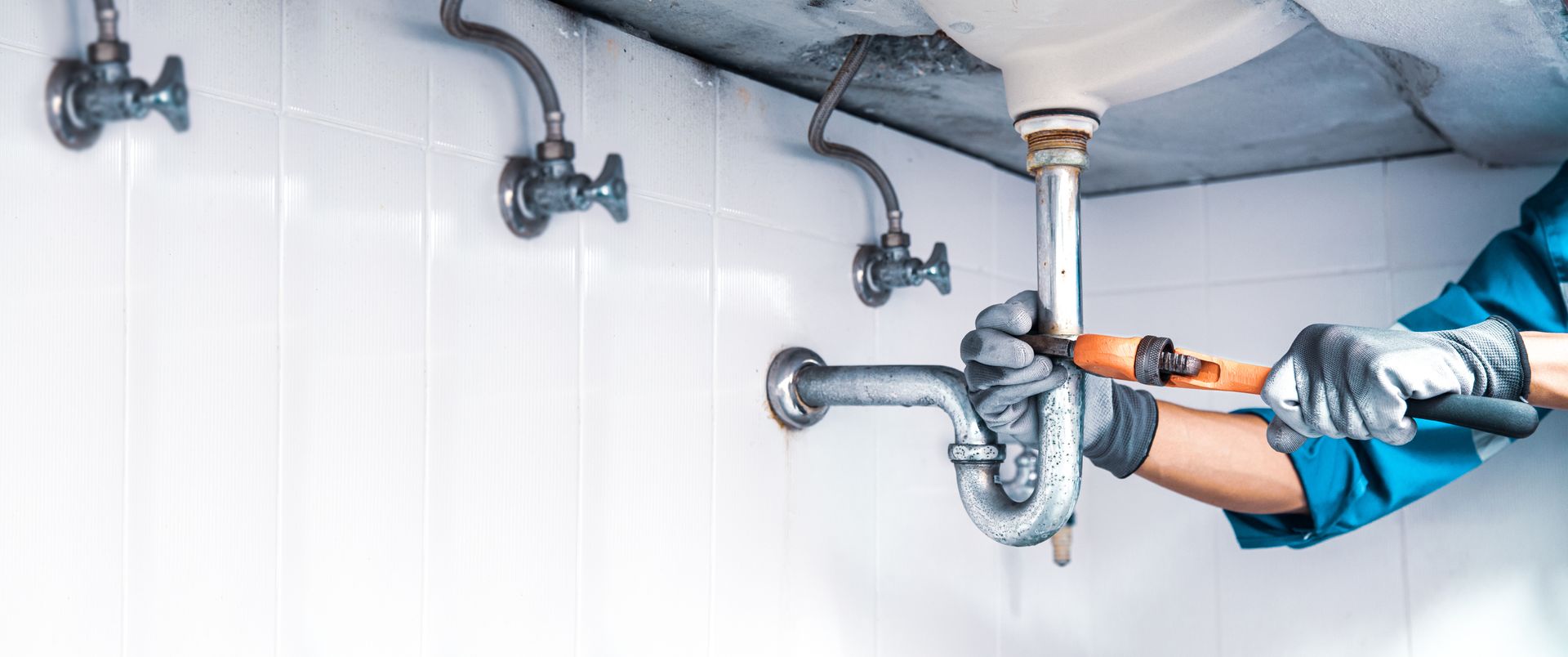Contact Us
Send Message
Ipad Contact Form
We will get back to you as soon as possible
Please try again later

Trees And Shrubs That Cause Plumbing And Structure Damage
Trees and shrubs are popular for homeowners because they increase home value. They also provide shade and privacy. And while the tall trees or elegant shrubs in your yard may look innocent, they could secretly damage your home's plumbing system or structure because they burrow into a house's plumbing system or cracks. They need enough room and nutrients to grow. Without these, the roots can crawl underground and damage your house's current frame and pipes.
While not all trees and shrubs have roots that can damage your home's plumbing, sewer system, or home structure, some varieties are notorious for bringing plumbing and structural damage. Identifying the plants that harm your plumbing system can save you from expensive mistakes.
This article will tackle the nine trees and shrubs to avoid and how to prevent sewer damage.
Which Trees and Shrubs Can Damage Your Property?
After discussing how they can damage your home's structure and plumbing system, this section will enumerate what plants to avoid to prevent damage.
1. Oak Trees
Oak trees are some of the world's sturdiest and most giant species. Despite the slow-growing oak tree root system, they can still quietly damage your home's structure and plumbing system.
As the tree matures, supplemental roots will creep into cracks within a plumbing system and damage sewer and plumbing lines.
2. Willow Trees
From black to weeping willows, they are beautiful, large trees that commonly grow in rivers, streams, and plant nurseries. While they may be tempting to plant, their roots can cause collateral damage to your home's plumbing system and structure.
Their natural habitat is moist and rich in nutrients. When you plant this tree in your yard, it automatically finds a water source.
3. Magnolia Trees
Anyone who does gardening and landscaping knows the magnolia blossoms' fragrance. However, people don't know that all 80 magnolia varieties have large, invasive roots causing plumbing and structural damage.
They grow along the Earth's surface instead of deep underground. The flexible rope-like roots and shallow surface growth can creep into the pipes to find the nearest water source.
4. Birch Trees
While birch trees are an elegant home addition, this species can grow from 30 to 50 feet high, and their root system can expand from two to three times the tree's maximum height.
The large area needed for its roots can rapidly grow flatly, damaging a home's plumbing or sewer system. Without suitable space, they'll creep into the plumbing system's weakest points, expanding outwards to block and damage the pipe's casing.
5. Citrus Trees
While citrus trees bear delicious and nutritious fruits, they can also cause collateral damage to a home's plumbing system.
They need lots of oxygen, moisture, sunlight, and nutrients to thrive, and a location close to a home or building rarely satisfies their needs. Their invasive roots can creep and expand into the piping, damaging surrounding pipes and structures.
6. Poplar Trees
Poplar trees are famous for homeowners thanks to their vast canopies that can provide shaded areas. Sadly, all 35 varieties have highly invasive and
rapidly growing root systems, even if you plant them away from home. The roots can expand two to three times the tree's height. The poplar tree's average size is between 80 to 150 feet tall, and the roots can grow from 160 to 450 feet from the tree's base.
4 Preventive Measures
Large, rapid-growing trees and shrubs can cause collateral damage to your pipes and sewer because they're persistent in finding a nearby water supply. Here are four ways to save your plumbing system and house structure.
1. Plan The Plant
Sit down and plan with a professional drain service company to discuss the landscaping around your drain pipes and sewer, especially if you're unfamiliar with where your drain lines run precisely.
2. Select The Correct Species
All shrubs and trees can threaten your drain because their roots can penetrate and block your sewer with time. Consider choosing smaller, slower-growing species as a safe option.
3. Consider Planting Distance
Whether you plant shrubs or trees, you must plant them at least 10 feet from your sewer line. On the other hand, you must place trees with large, spreading roots at least 100 feet from the plumbing system to prevent immediate damage.
4. Conduct Regular Maintenance and Monitoring
Even if you planted them far enough from your sewer, there's still a chance that these roots may have detoured underground.
Regularly maintaining the surrounding plants around your drain pipes can help protect your pipes. Consider calling professionals to conduct a full inspection to ensure your plumbing and structure is still safe.
Going To The Root Cause
While trees and shrubs can boost your home value, you must know the species that can damage your plumbing system and home structure.
Hurley Plumbing has a professional team of
plumbers in Western Massachusetts, providing commercial plumbing services since 1975. Call us today to schedule a service!
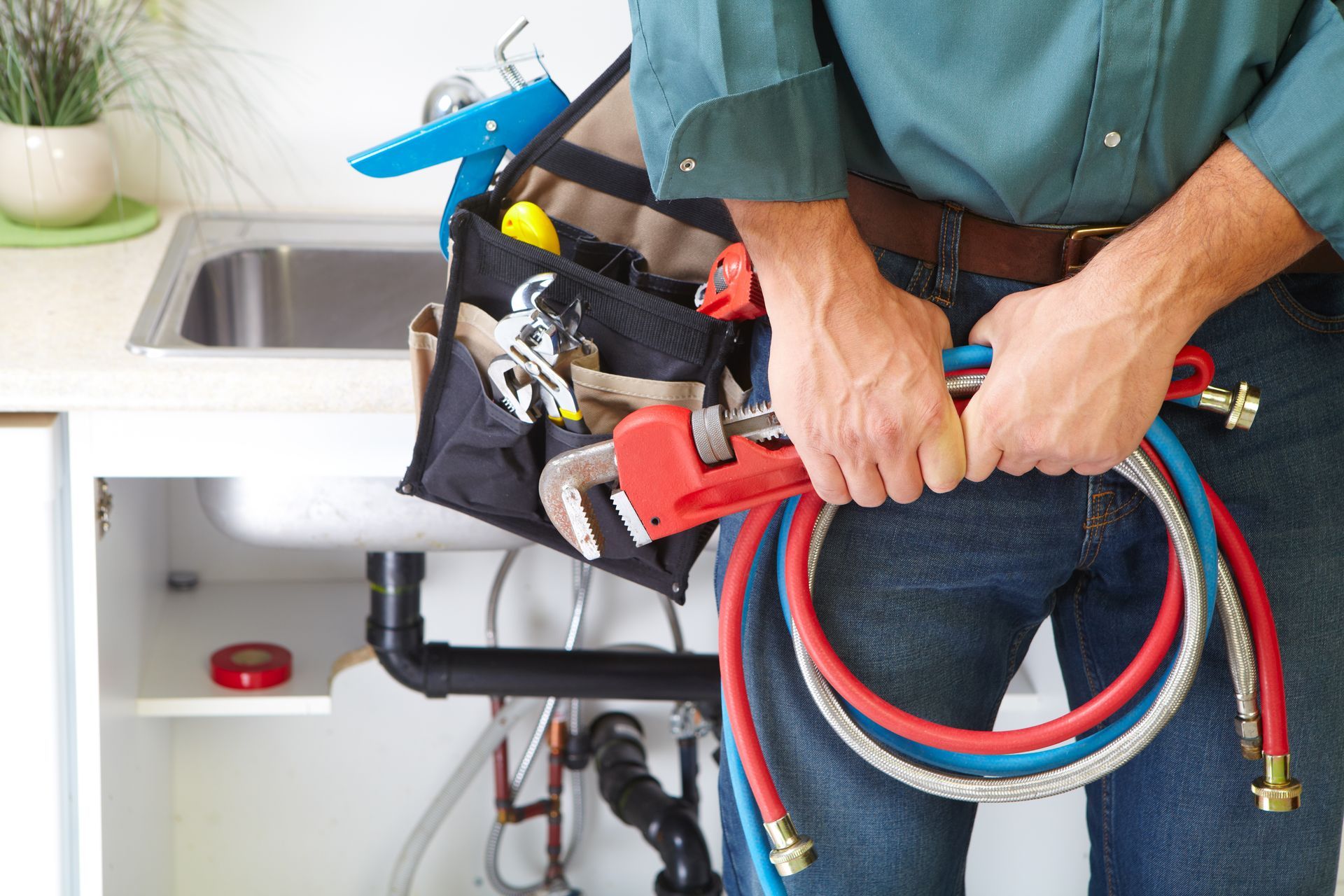
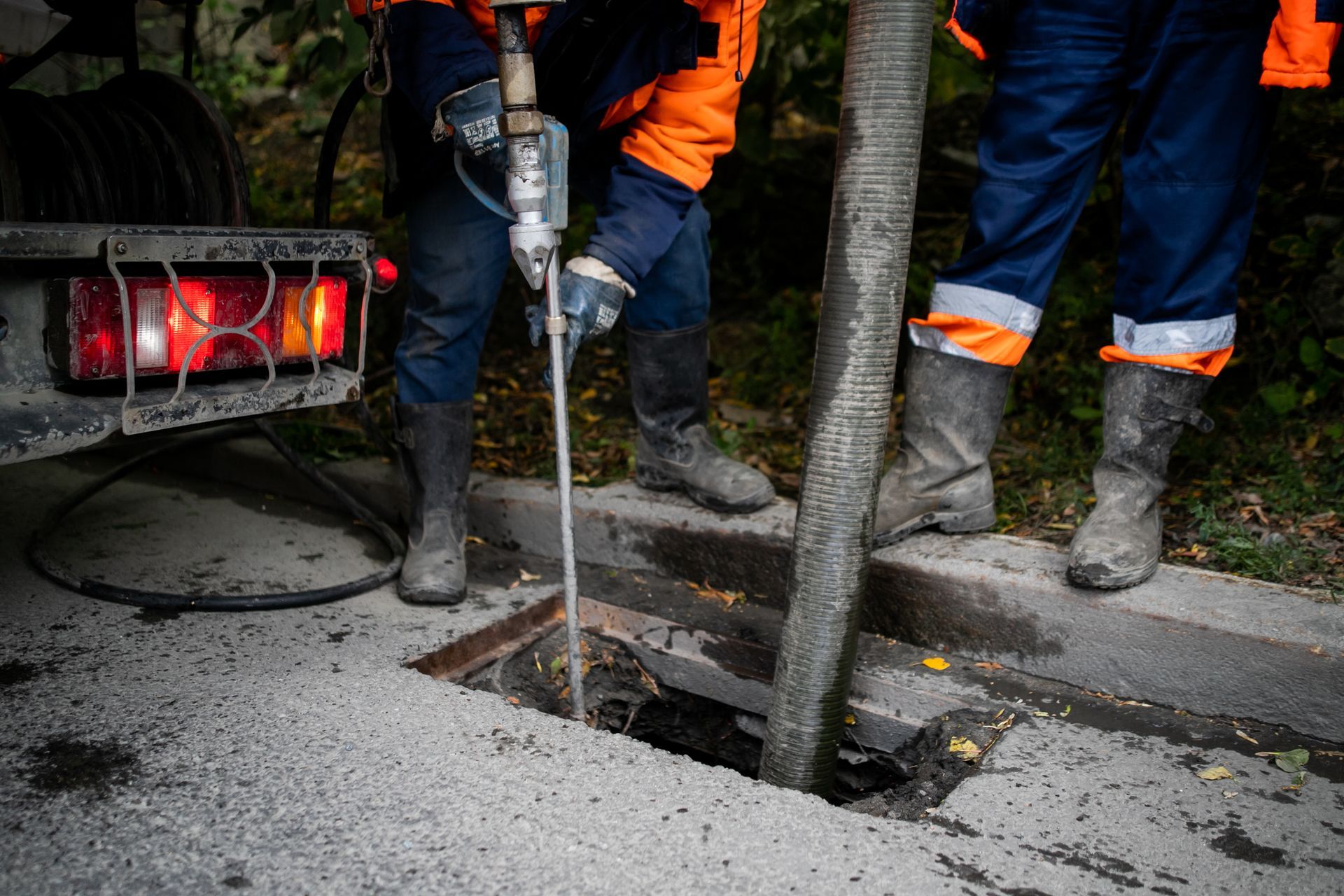
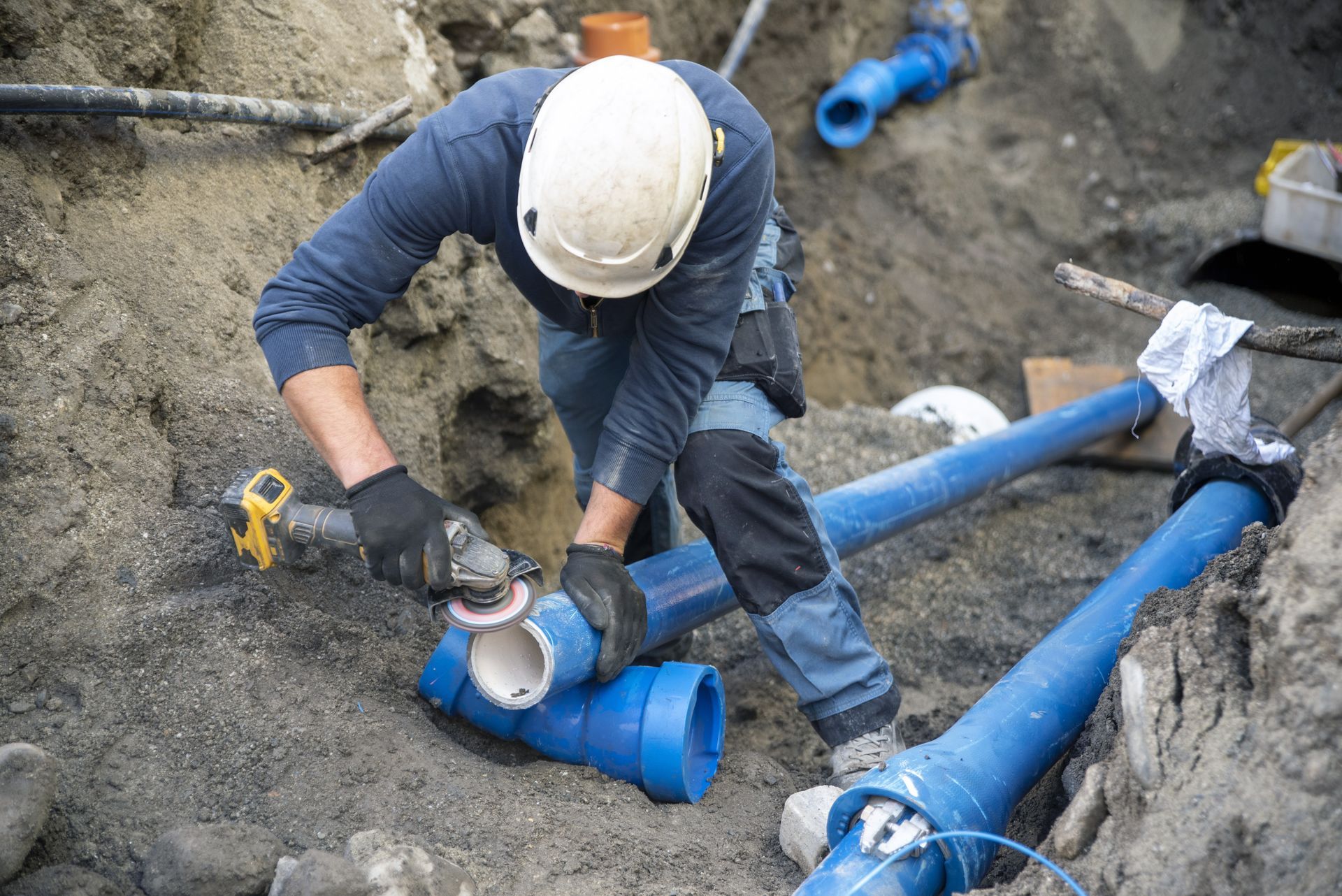

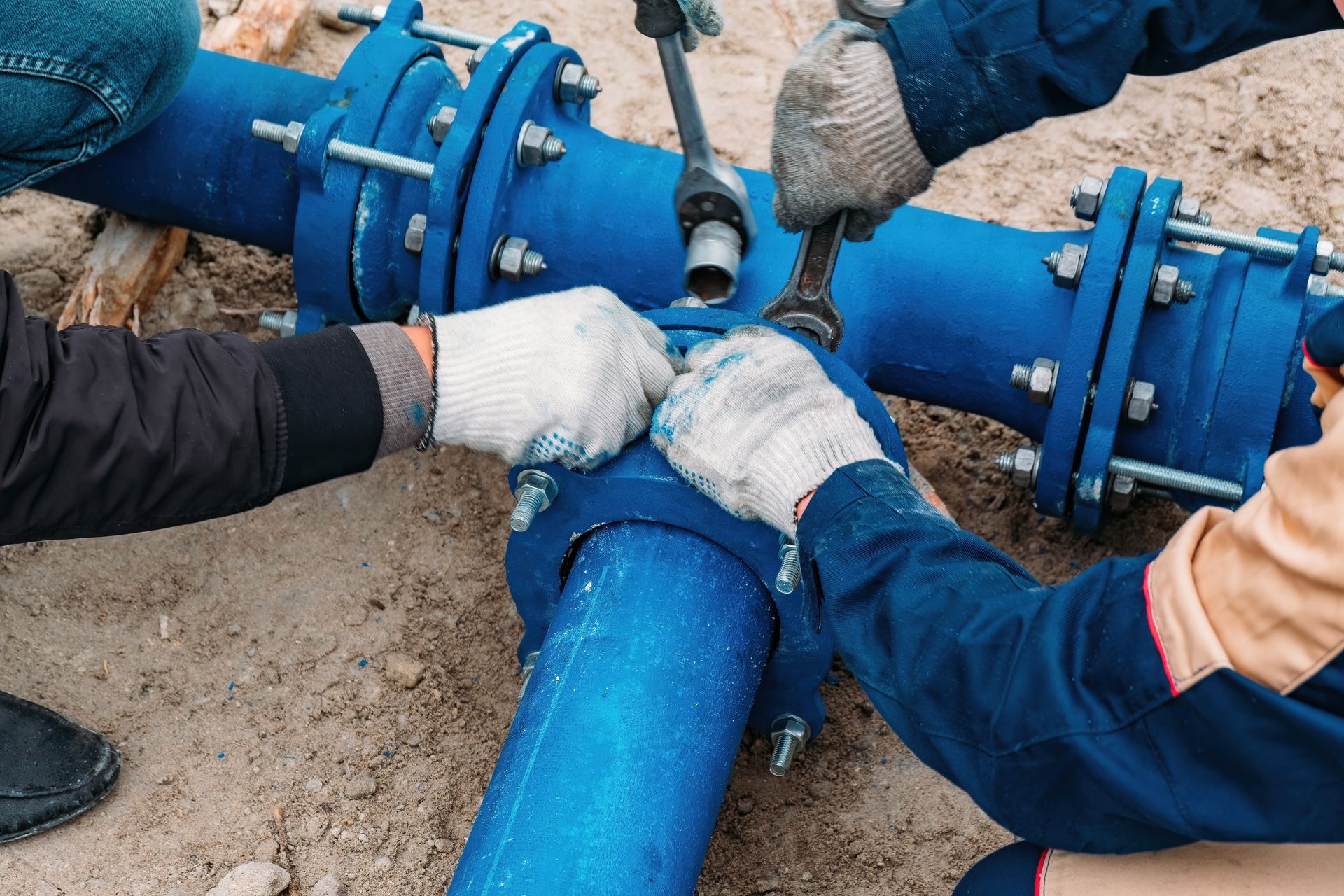
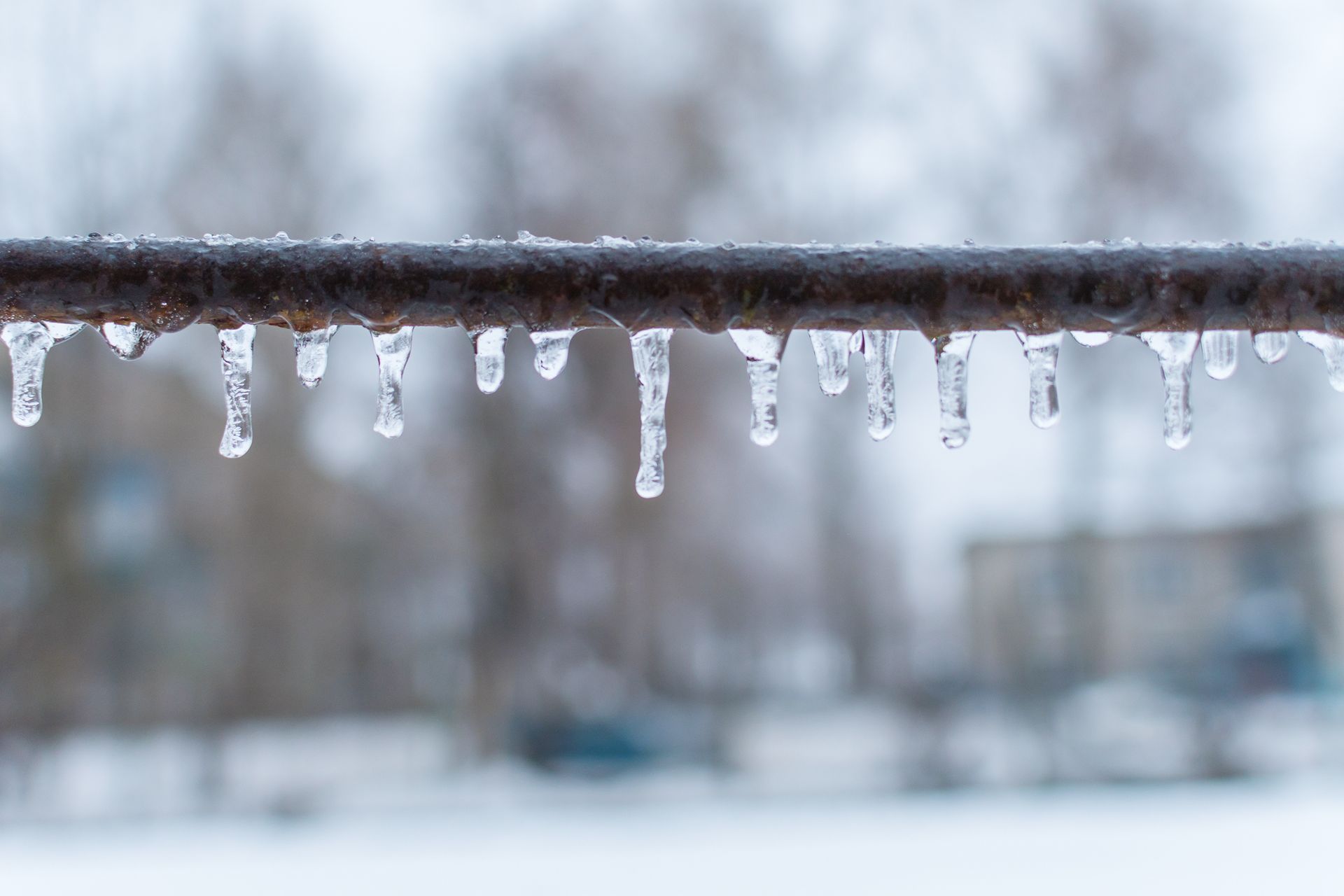
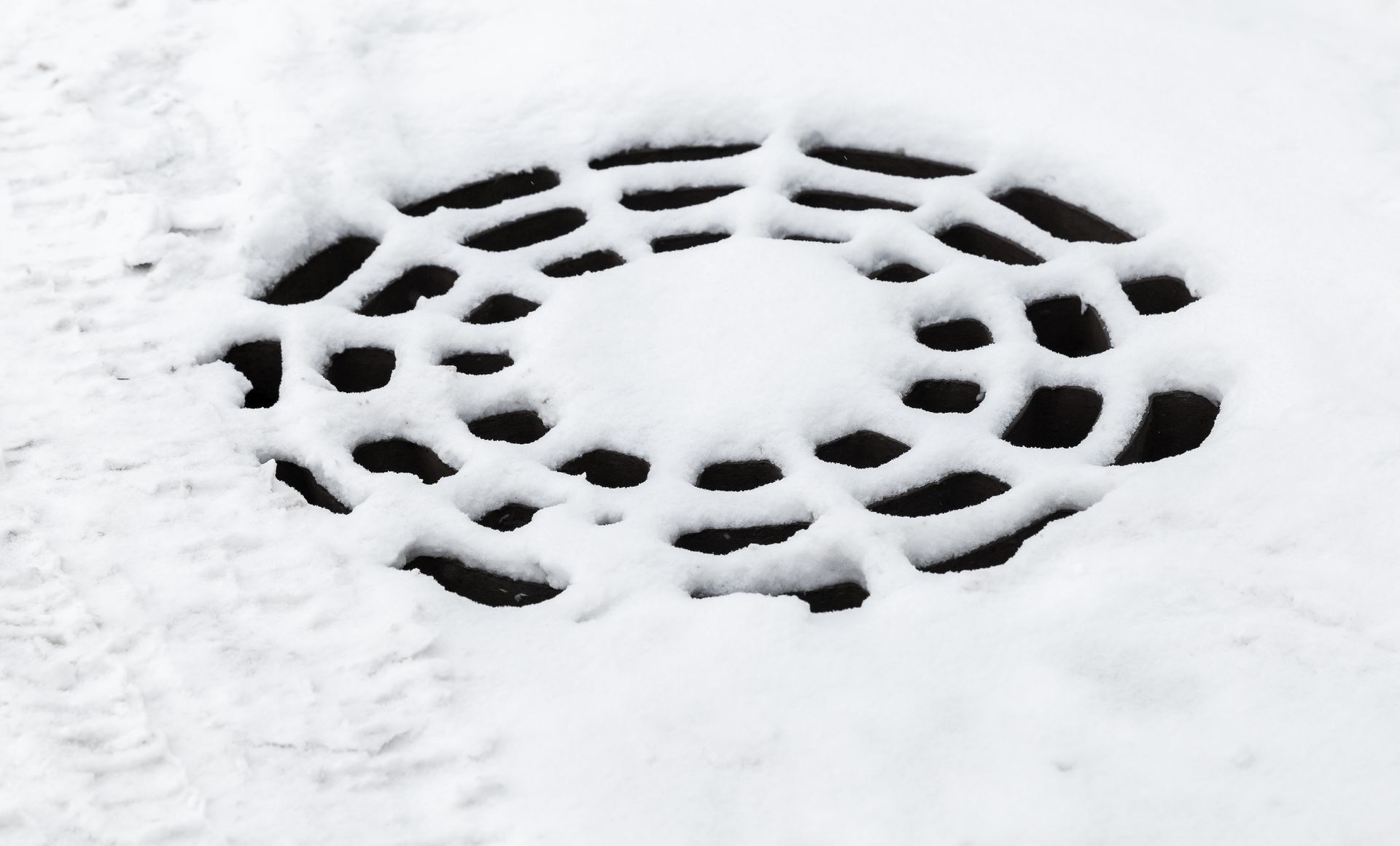
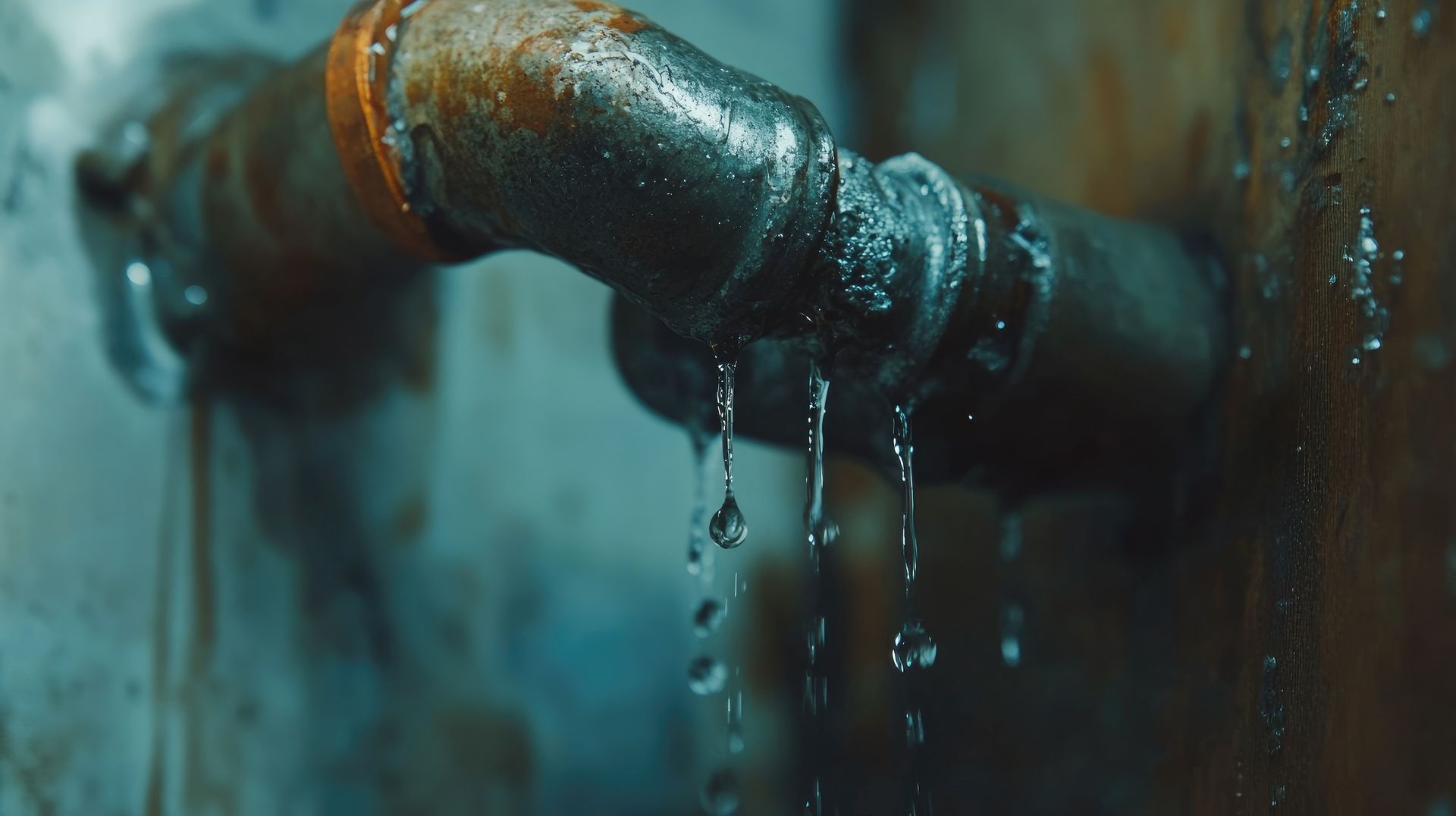
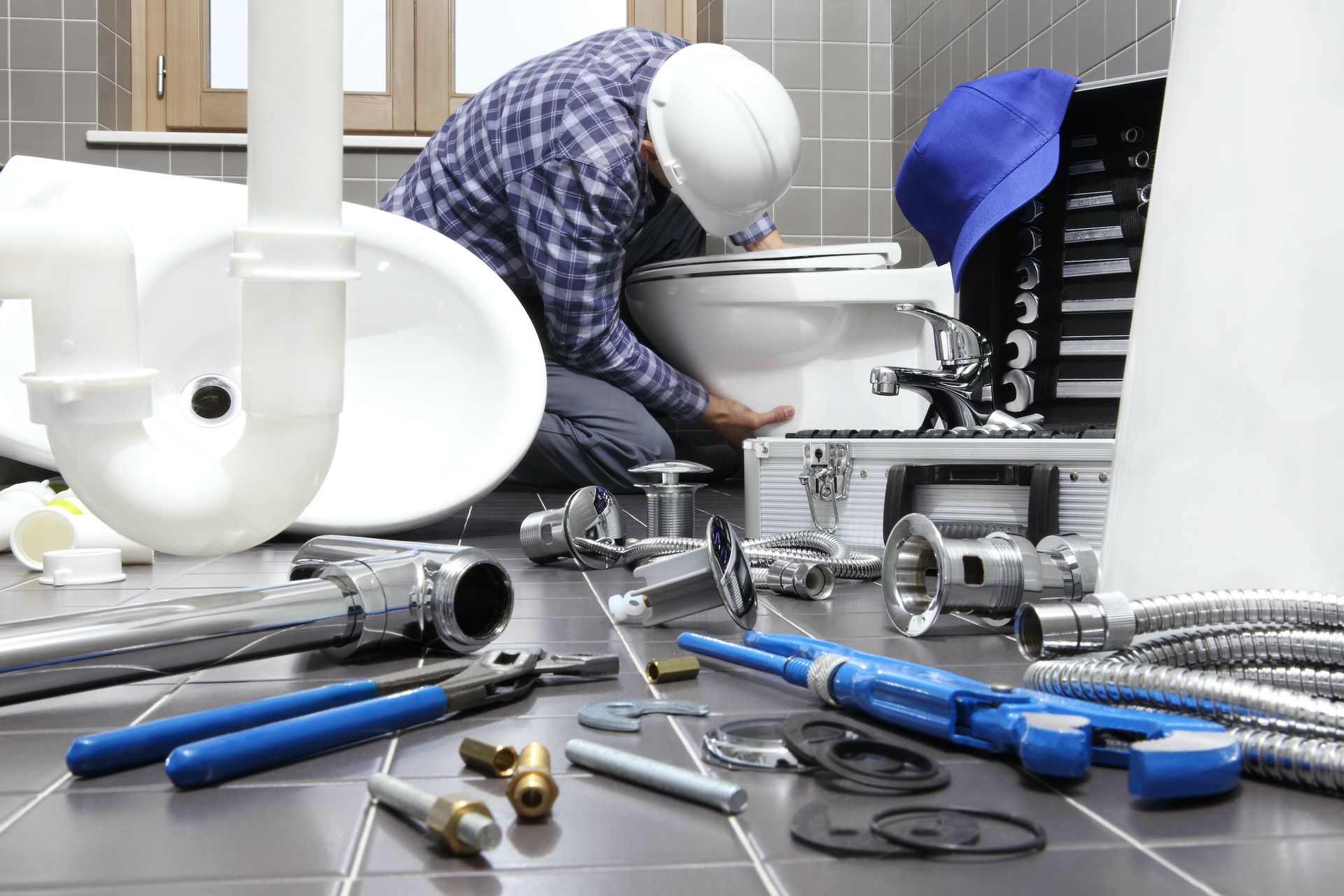
For over three decades, Hurley Plumbing has been providing high-quality commercial plumbing services in the Western Massachusetts area. . We are licensed, bonded, and insured, and we offer a 100% satisfaction guarantee on all of our work. We specialize in commercial plumbing, and we have the skills and experience to handle any job, big or small.
QUICK LINKS
RESOURCES
CONTACT


